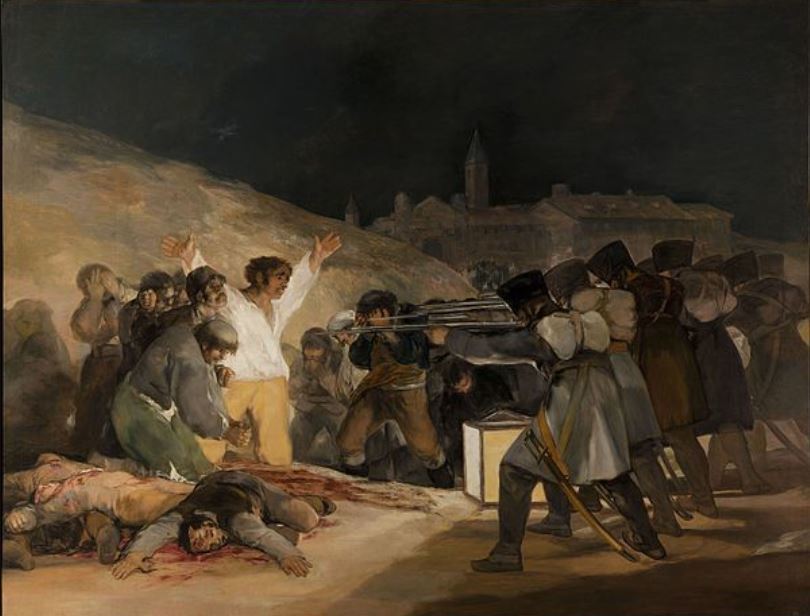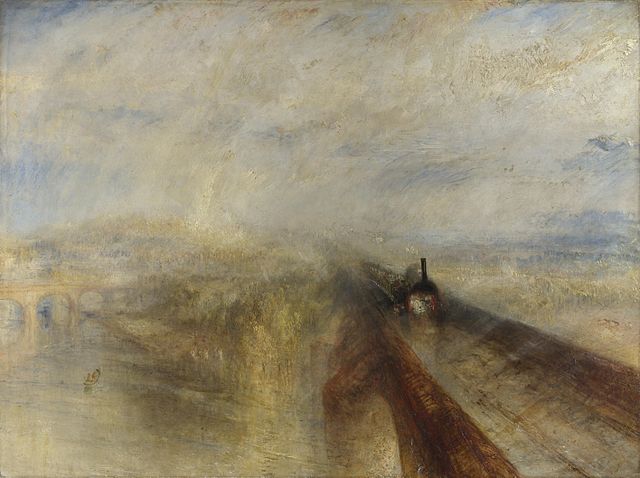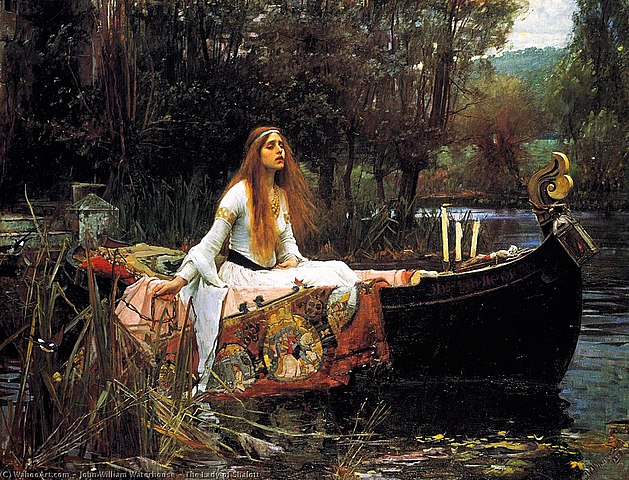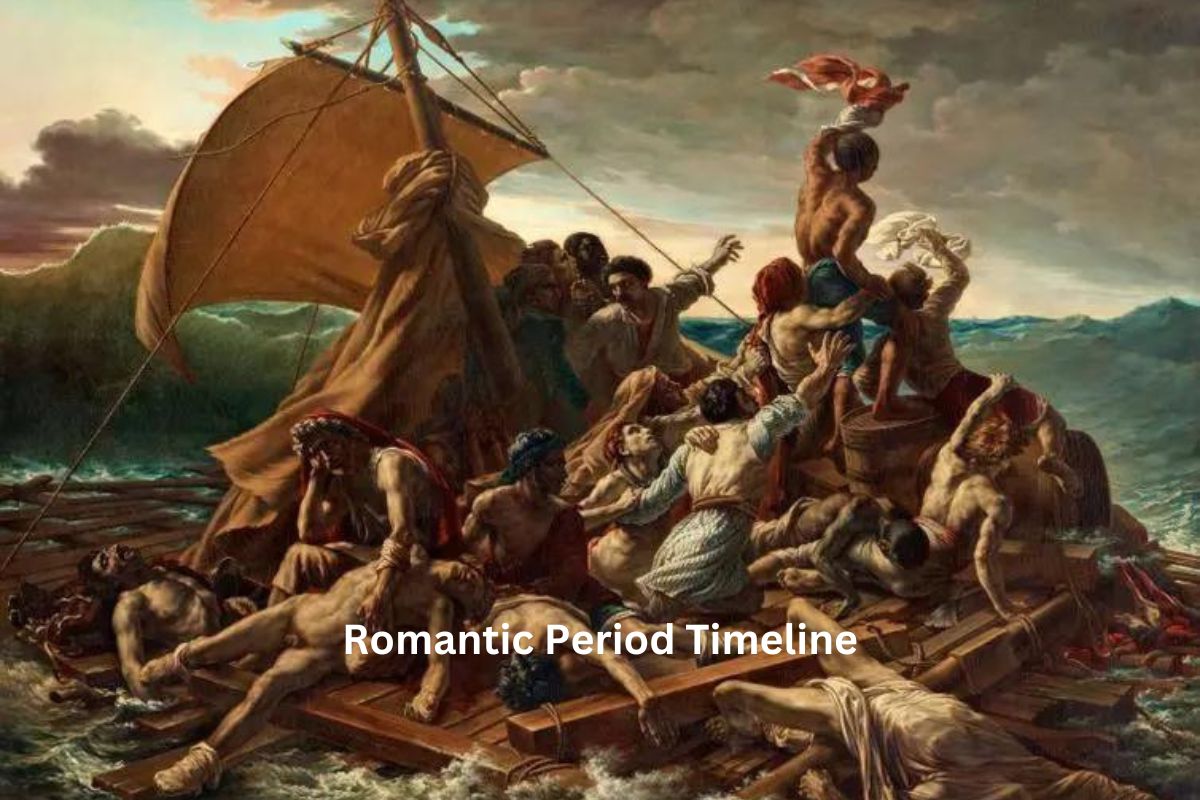The Romantic period in art, which flourished during the late 18th and 19th centuries, was a transformative era that embraced emotion, imagination, and individualism.
Artists of this period rebelled against the conventions of the past, shifting their focus from rigid rules and classical ideals to the expression of inner feelings and personal experiences.
Romantic art celebrated nature, the sublime, and the human spirit, often featuring dramatic landscapes, historical events, and powerful emotions.
Key artists include:
- Eugène Delacroix
- Caspar David Friedrich
- J.M.W. Turner
- John Constable
- Théodore Géricault
These artists created visually stunning works that continue to captivate audiences with their vibrant colors, emotional intensity, and a sense of awe.
The Romantic period in art left an enduring legacy, influencing subsequent art movements and shaping the way we perceive and appreciate artistic expression.
| Time Period | Key Artists and Works | Characteristics and Themes |
|---|---|---|
| Late 18th Century | – Francisco Goya: “The Third of May 1808” (1814) | – Emotional intensity |
| – Historical and political subjects | ||
| Early 19th Century | – Eugène Delacroix: “The Death of Sardanapalus” (1827), “Liberty Leading the People” (1830) | – Vibrant colors and drama |
| – John Constable: “The Hay Wain” (1821) | – Celebrating nature and tranquility | |
| – Caspar David Friedrich: “Wanderer above the Sea of Fog” (1818), “The Abbey in the Oakwood” (1809-1810) | – Solitary figures in contemplative landscapes, the sublime | |
| – Théodore Géricault: “The Raft of the Medusa” (1818-1819) | – Depicting suffering and heroism | |
| Mid-19th Century | – J.M.W. Turner: “Rain, Steam, and Speed – The Great Western Railway” (1844) | – Fusion of nature and industrialization |
| – Gustave Courbet: “The Stone Breakers” (1849) | – Realistic portrayal of laborers | |
| Late 19th Century | – Pre-Raphaelite Brotherhood (Dante Gabriel Rossetti, John Everett Millais, William Holman Hunt): Various works | – Revival of vibrant colors and detailed styles, Romantic themes |
| – Symbolism (Gustave Moreau, Odilon Redon): Various works | – Exploring spirituality, dreams, the subconscious | |
| – Impressionism (Pierre-Auguste Renoir, Claude Monet): Various works with some Romantic influence | – Capturing light and atmosphere |
Timeline of the Romantic Period
Late 18th Century (c. 1770s-1790s):
Francisco Goya: During this period, Spanish painter Francisco Goya produced works that foreshadowed the Romantic movement’s themes and emotional intensity.
Notable paintings from this time include:
- “The Family of Charles IV” (1800)
- “The Third of May 1808” (1814)
These paintings conveyed the emotional impact of historical events, with “The Third of May” in particular portraying the brutality of war and the heroism of its victims.

Early 19th Century (c. 1800-1820s):
Eugène Delacroix: Delacroix emerged as a leading figure of Romantic art during this period. His paintings, such as “The Death of Sardanapalus” (1827) and “Liberty Leading the People” (1830), were characterized by vibrant colors, dramatic compositions, and a focus on emotional intensity. “Liberty Leading the People” became an iconic representation of the July Revolution of 1830 in France.
Also Read: Facts About Romanticism in Art
John Constable: In England, John Constable celebrated the beauty and tranquility of the English countryside in his landscape paintings. Works like “The Hay Wain” (1821) depicted rural scenes with meticulous attention to natural detail, capturing the Romantic fascination with nature and its soothing qualities.
Caspar David Friedrich: In Germany, Caspar David Friedrich became known for his contemplative landscapes. Paintings such as “Wanderer above the Sea of Fog” (1818) and “The Abbey in the Oakwood” (1809-1810) often featured solitary figures in awe-inspiring natural settings, reflecting the Romantic obsession with the sublime and the spiritual connection to nature.
Théodore Géricault: French artist Théodore Géricault created “The Raft of the Medusa” (1818-1819), a monumental painting depicting the horrifying aftermath of a shipwreck. The work emphasized the suffering and heroism of its subjects, capturing the intense emotional response characteristic of Romantic art.
These early decades of the 19th century marked the height of Romanticism in art, with artists like Delacroix, Constable, Friedrich, and Géricault pushing artistic boundaries and exploring themes of emotion, nature, and the individual. Their works had a profound influence on the development of Romantic art and its lasting impact on subsequent artistic movements.
Mid-19th Century (c. 1830s-1850s):
J.M.W. Turner: In England, Joseph Mallord William Turner’s art continued to evolve during this period. Turner’s later works, such as “Rain, Steam, and Speed – The Great Western Railway” (1844), showcased his mastery of capturing light, atmosphere, and the effects of industrialization on the landscape.
While Turner had earlier celebrated nature’s tranquility, his later works often incorporated elements of the modern world, emphasizing the fusion of nature and industrialization.

Gustave Courbet: In France, Gustave Courbet was a leading figure of Realism, a movement that emerged as a reaction to Romanticism. Courbet’s “The Stone Breakers” (1849) is a notable work that depicted two laborers engaged in a seemingly mundane task.
This painting challenged the idealized depictions of labor found in Romantic art, presenting a stark and unromanticized portrayal of the working class.
Late 19th Century:
Pre-Raphaelite Brotherhood: In England, the Pre-Raphaelite Brotherhood, which included artists like Dante Gabriel Rossetti, John Everett Millais, and William Holman Hunt, emerged during the mid-19th century.
These artists sought to revive the detailed styles and vibrant colors of earlier periods, including the Romantic era. Their works often incorporated themes of nature, medievalism, and mythology, infused with Romantic ideals.
Paintings like Millais’ “Ophelia” (1851-1852) and Rossetti’s “The Lady of Shalott” (1888) exemplify these Romantic-inspired works.

Symbolism: In France and Belgium, Symbolism was a prominent movement during the late 19th century. Symbolist artists, such as Gustave Moreau and Odilon Redon, explored themes of spirituality, dreams, and the subconscious. While Symbolism had its own distinct characteristics, it retained some Romantic undertones in its fascination with the mystical and the otherworldly.
Impressionism: The Impressionist movement, with artists like Pierre-Auguste Renoir and Claude Monet, is primarily associated with Realism.
However, some Impressionist works exhibit Romantic influence in their emphasis on capturing light, atmosphere, and the transient qualities of nature. These artists celebrated the sensory experience of the world, which can be seen as an extension of Romantic ideals.
By the late 19th century, the Romantic period in art had evolved into various movements like Realism, Symbolism, and Impressionism. While Romanticism itself had given way to newer artistic expressions, its influence persisted, and elements of Romanticism continued to resonate in the works of many artists during this period.

